Mastering Minecraft's Diverse Wood Types: A Comprehensive Guide
This guide explores Minecraft's twelve primary wood types, detailing their unique characteristics and optimal uses in crafting and construction.
Table of Contents
- Oak
- Birch
- Spruce
- Jungle
- Acacia
- Dark Oak
- Pale Oak
- Mangrove
- Warped
- Crimson
- Cherry
- Azalea
Oak
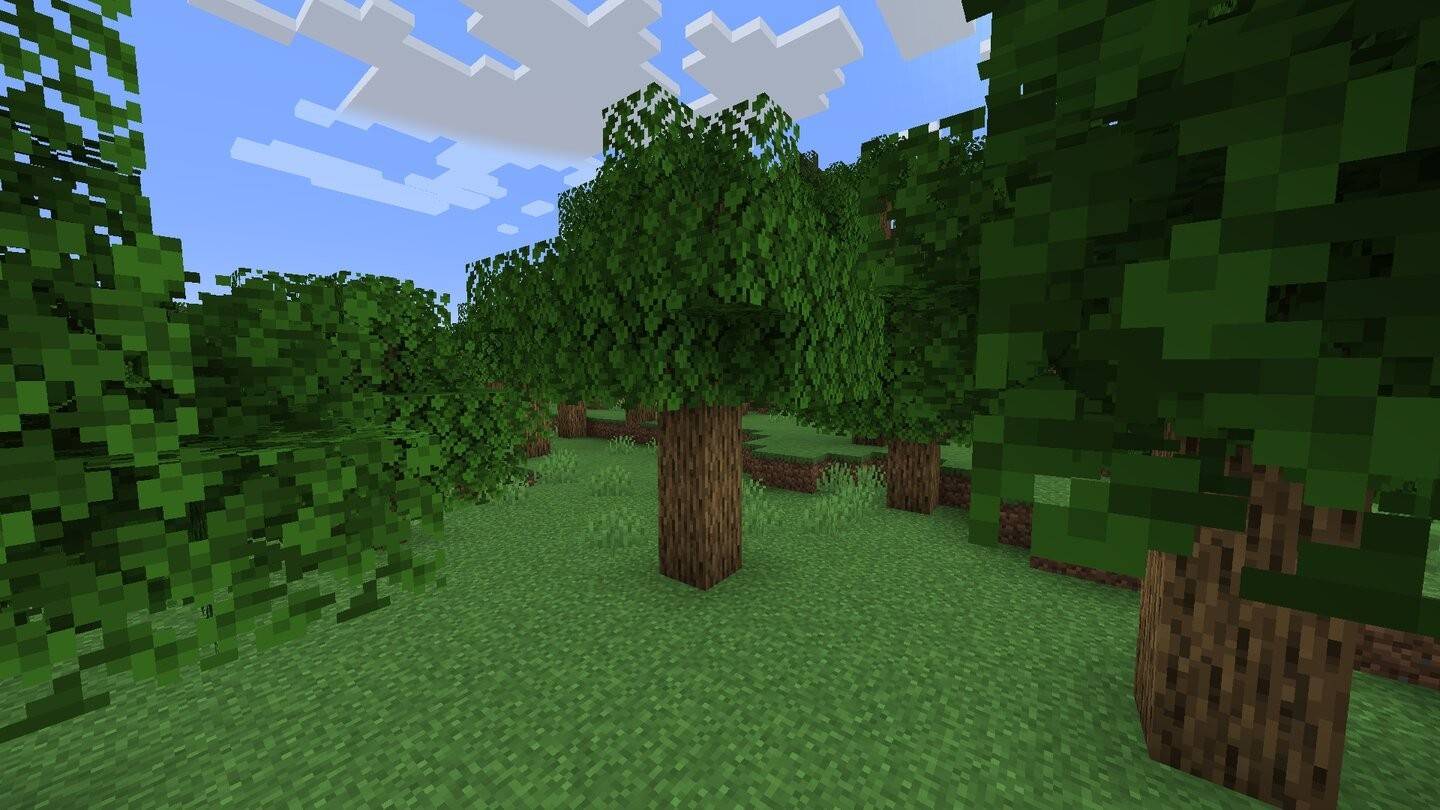 Image: ensigame.com
Image: ensigame.com
Ubiquitous in most biomes (excluding deserts and icy tundras), oak wood's versatility makes it ideal for planks, sticks, fences, ladders, and more. Oak trees yield apples, a valuable early-game food source and golden apple ingredient. Its neutral tone suits various building styles, from rustic cabins to modern cityscapes.
Birch
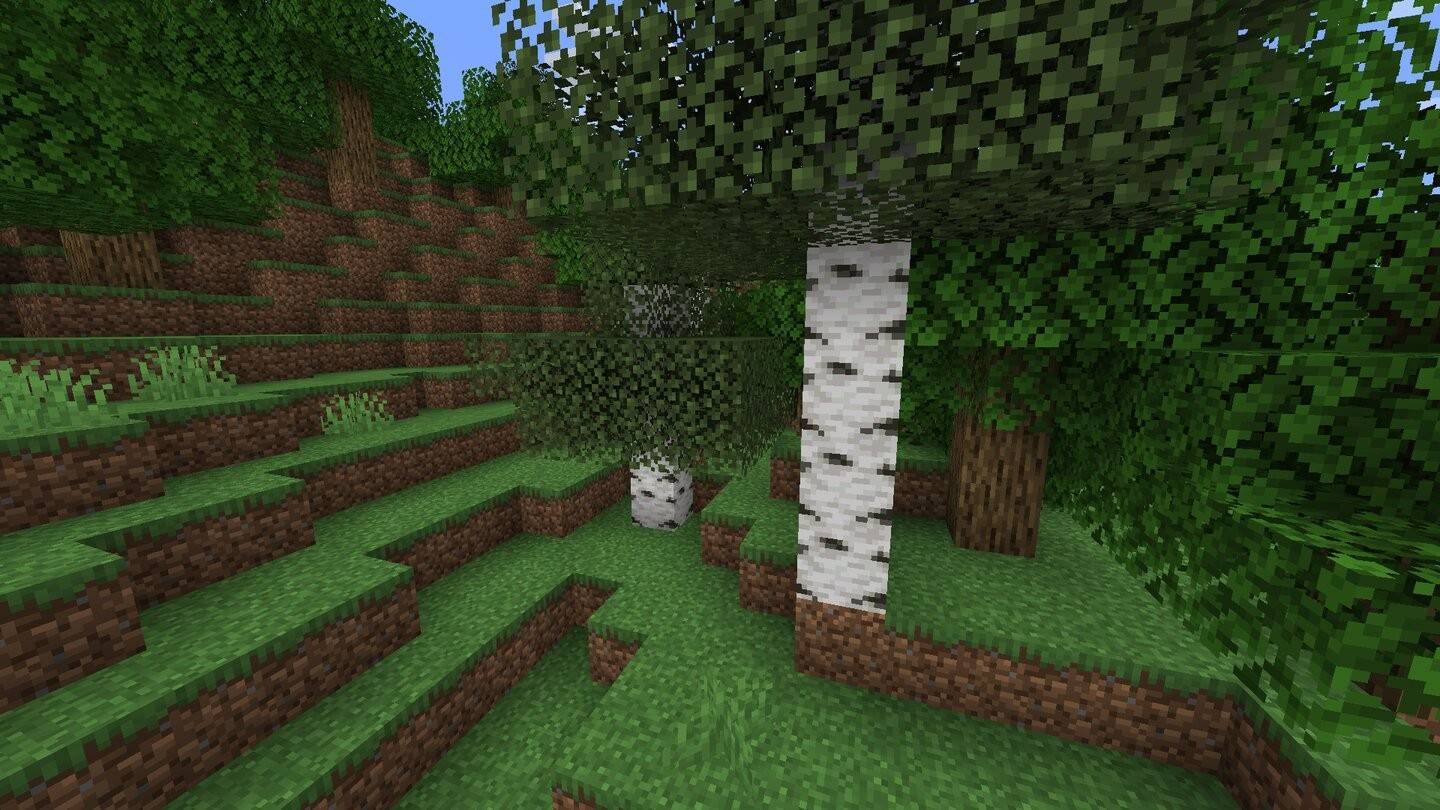 Image: ensigame.com
Image: ensigame.com
Found in birch forests and mixed biomes, birch wood's light, patterned texture lends itself to modern and minimalist designs. Its aesthetic complements stone and glass, creating bright, airy interiors.
Spruce
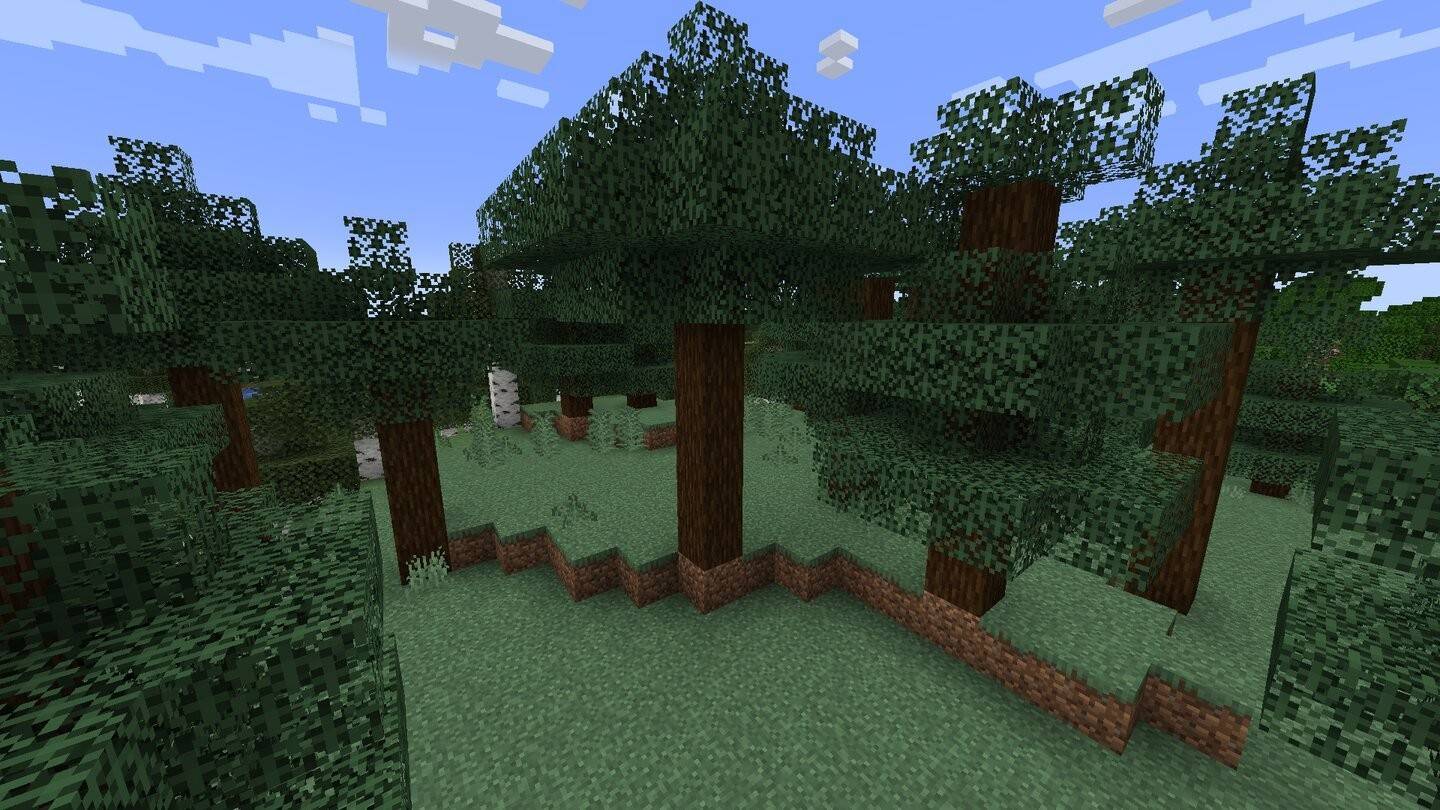 Image: ensigame.com
Image: ensigame.com
Dark spruce wood is perfect for gothic and grim structures. Its height can make harvesting challenging. Common in taiga and snowy biomes, spruce wood's robust texture is suited for medieval castles, bridges, and country homes.
Jungle
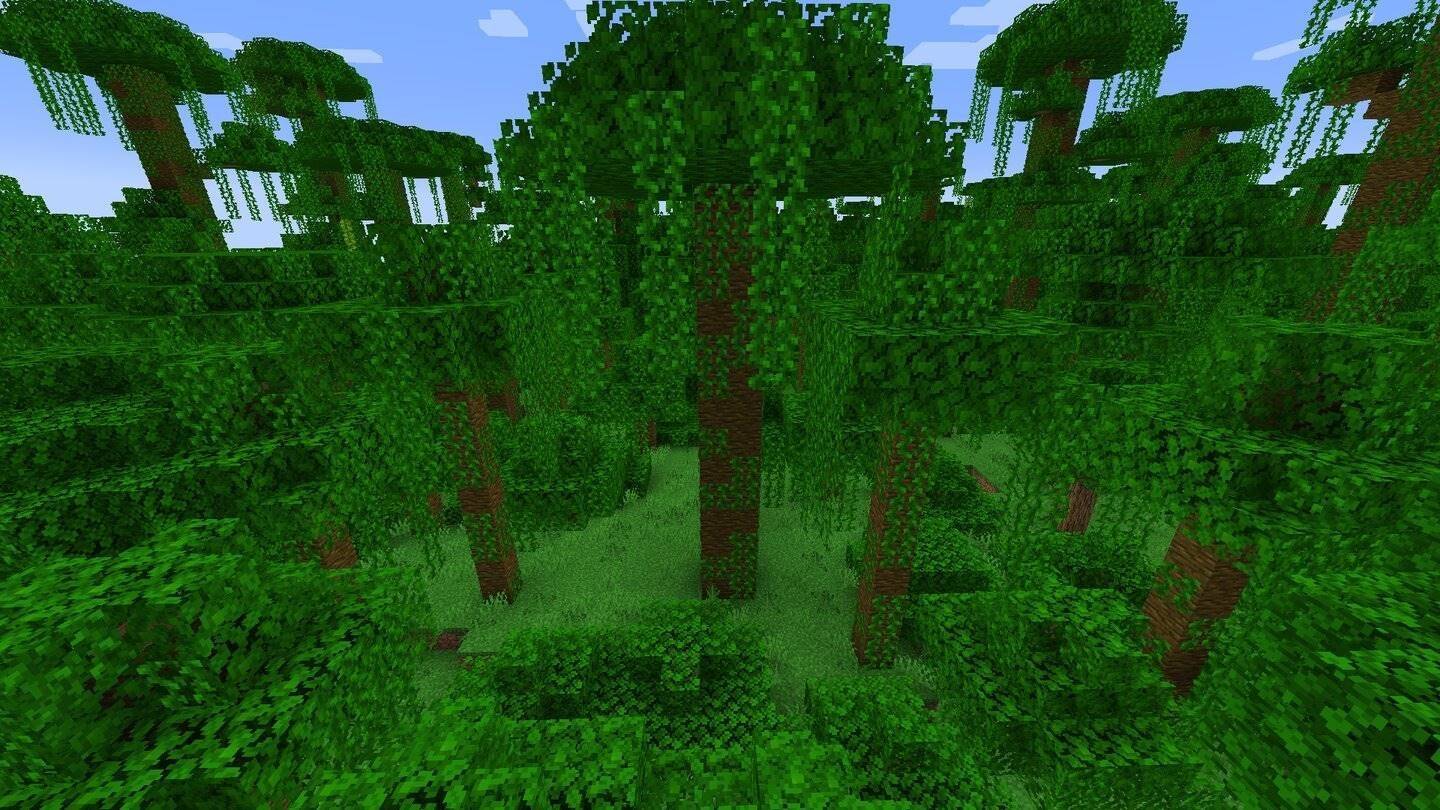 Image: ensigame.com
Image: ensigame.com
These towering trees, exclusive to jungle biomes, boast a bright hue, often used for decorative purposes. Jungle trees produce cocoa beans, making them valuable for cocoa farms. Their exotic appearance is ideal for adventure-themed builds and pirate hideouts.
Acacia
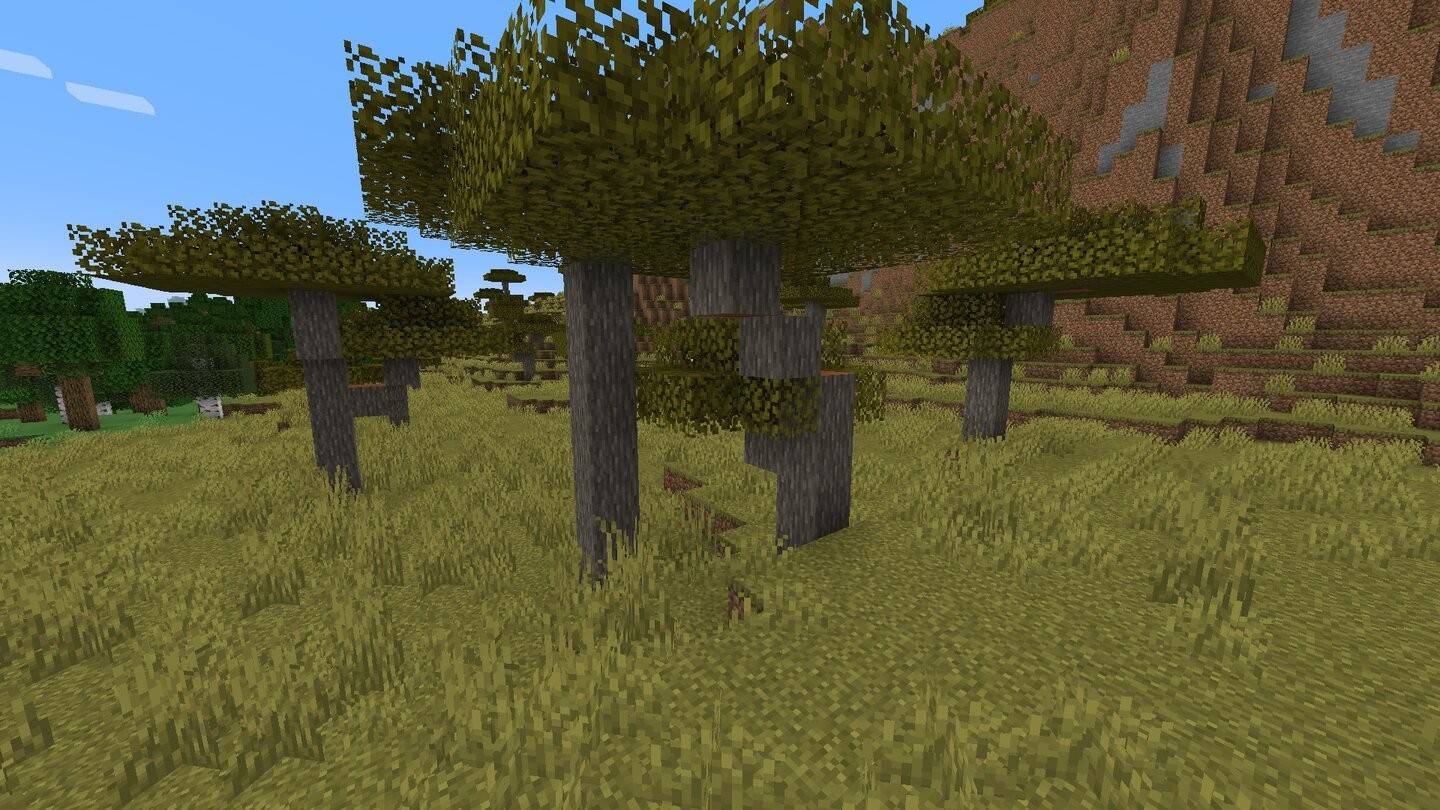 Image: ensigame.com
Image: ensigame.com
Acacia wood's reddish tint is striking in desert biomes. Its unusual, horizontally spreading branches create unique architectural possibilities. It's perfect for ethnic villages, desert bridges, and African-inspired structures.
Dark Oak
 Image: ensigame.com
Image: ensigame.com
This rich, chocolate-brown wood is a favorite for castles and medieval builds. Found only in Roofed Forests, its rarity and deep texture create luxurious interiors and impressive doors.
Pale Oak
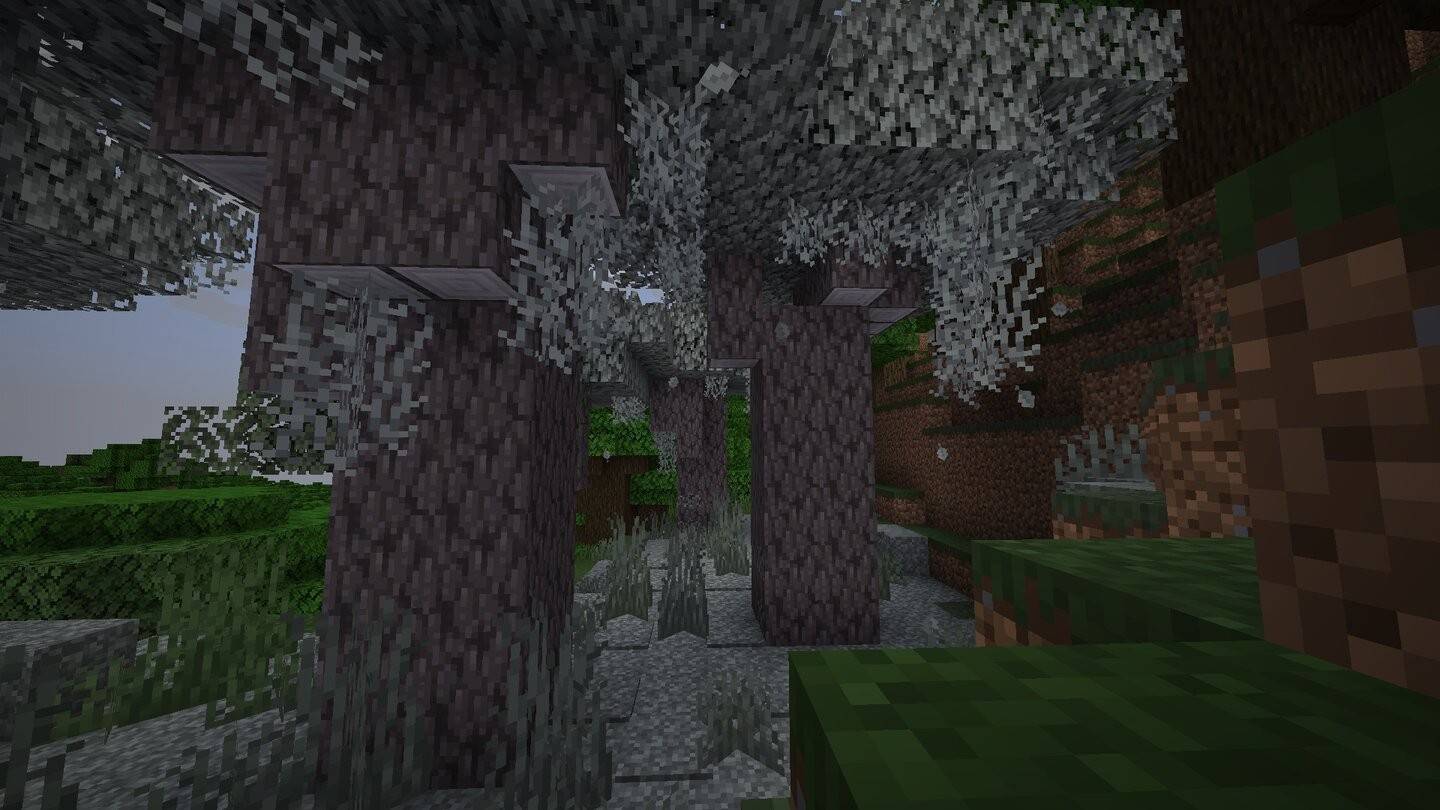 Image: ensigame.com
Image: ensigame.com
A rare find in Pale Garden biomes, pale oak shares dark oak's texture but in gray tones. Its hanging moss and "skripcevina" (summoning aggressive "skripuns" at night) add unique gameplay elements. It pairs well with dark oak, offering contrasting colors.
Mangrove
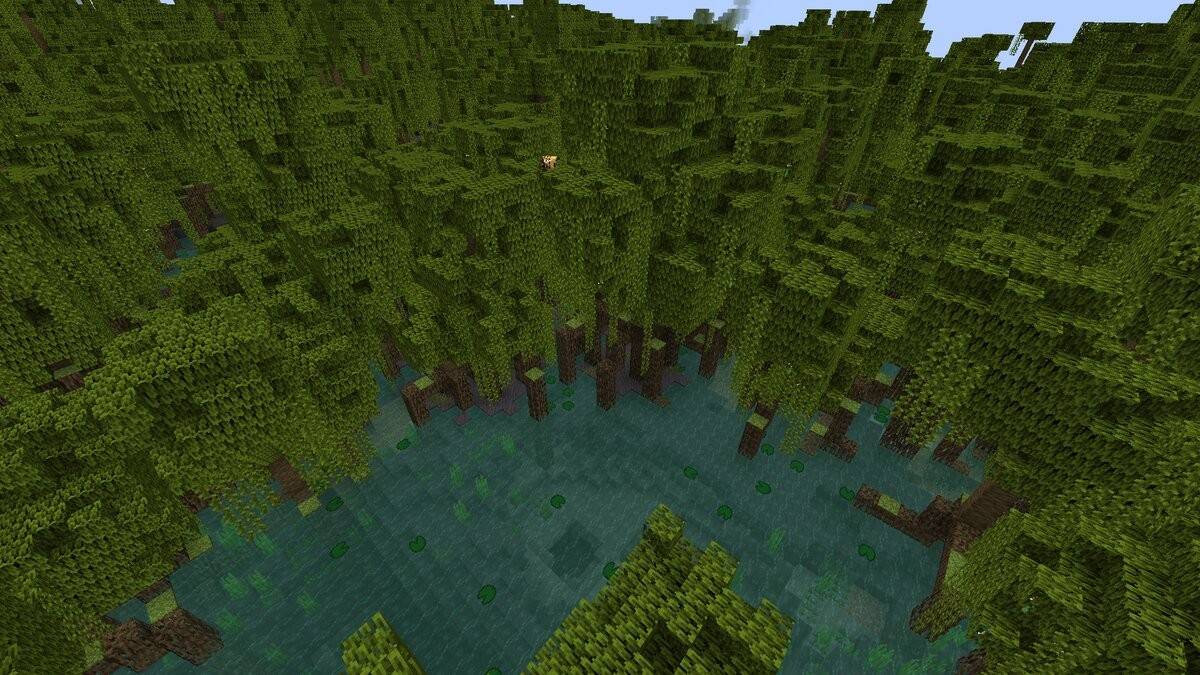 Image: youtube.com
Image: youtube.com
A recent addition, mangrove trees thrive in mangrove swamps. Their reddish-brown wood and decorative roots are ideal for piers, bridges, and swamp-themed builds, adding realism to the environment.
Warped
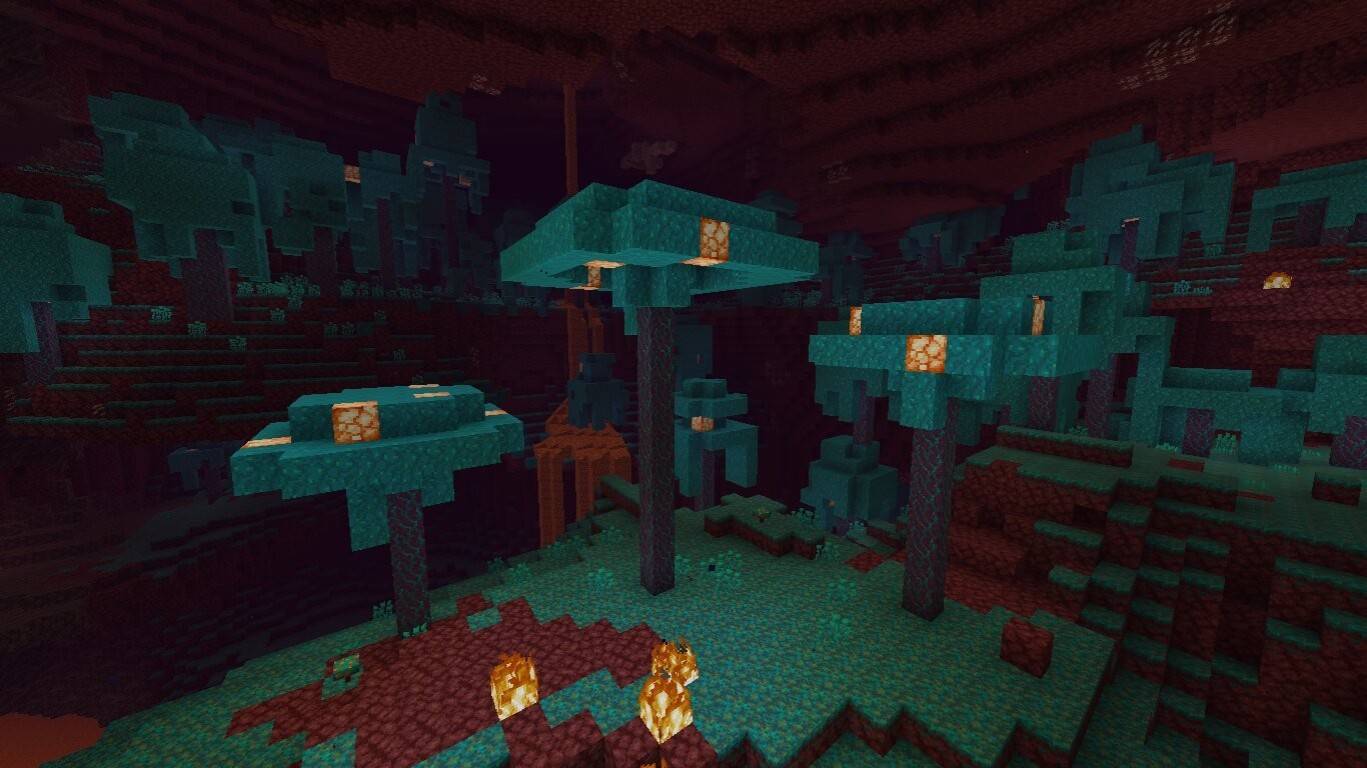 Image: feedback.minecraft.net
Image: feedback.minecraft.net
One of the Nether's two unique wood types, warped wood's turquoise hue is perfect for fantasy structures. Its bright texture is ideal for magic towers, mystical portals, and decorative gardens. Nether wood is non-flammable.
Crimson
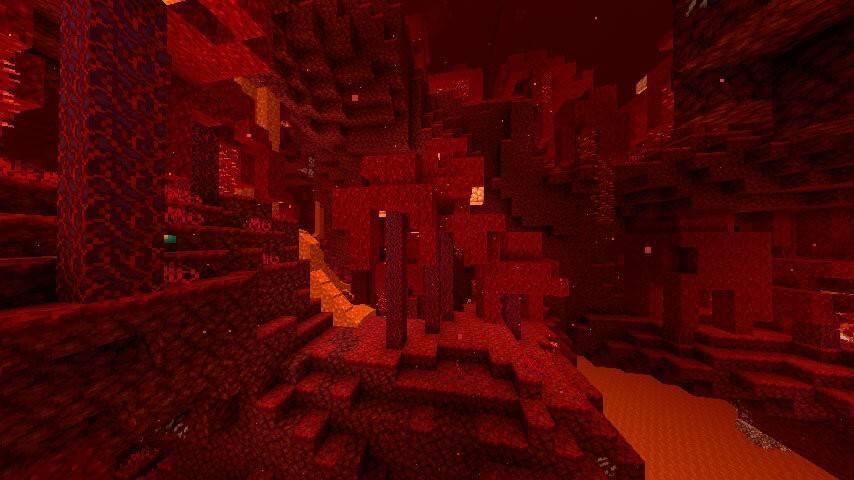 Image: pixelmon.site
Image: pixelmon.site
The Nether's other wood type, crimson wood's red-purple shade suits dark or demonic themes. Its non-flammability makes it useful in hazardous environments. It's popular for Nether-themed interiors.
Cherry
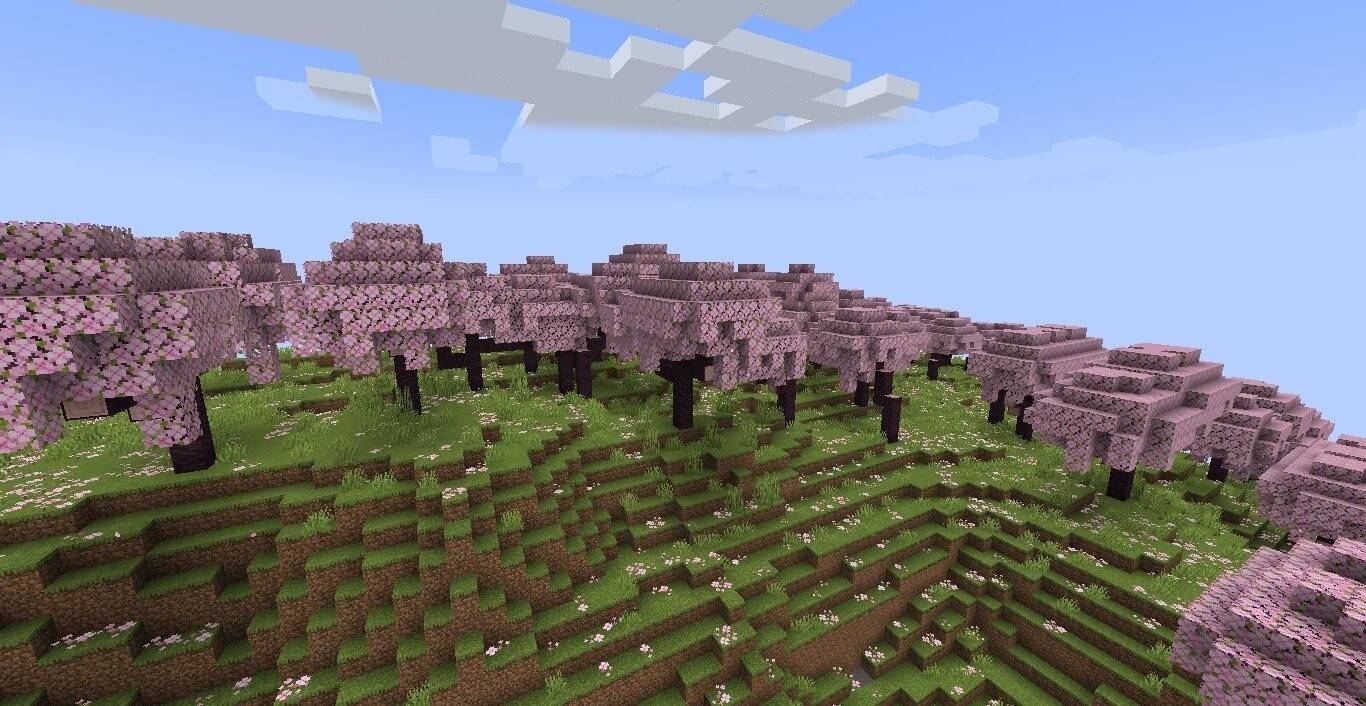 Image: minecraft.fandom.com
Image: minecraft.fandom.com
Found only in cherry grove biomes, cherry trees produce falling-petal particles, adding atmospheric charm. Its bright pink wood is often used for interior decoration and unique furniture.
Azalea
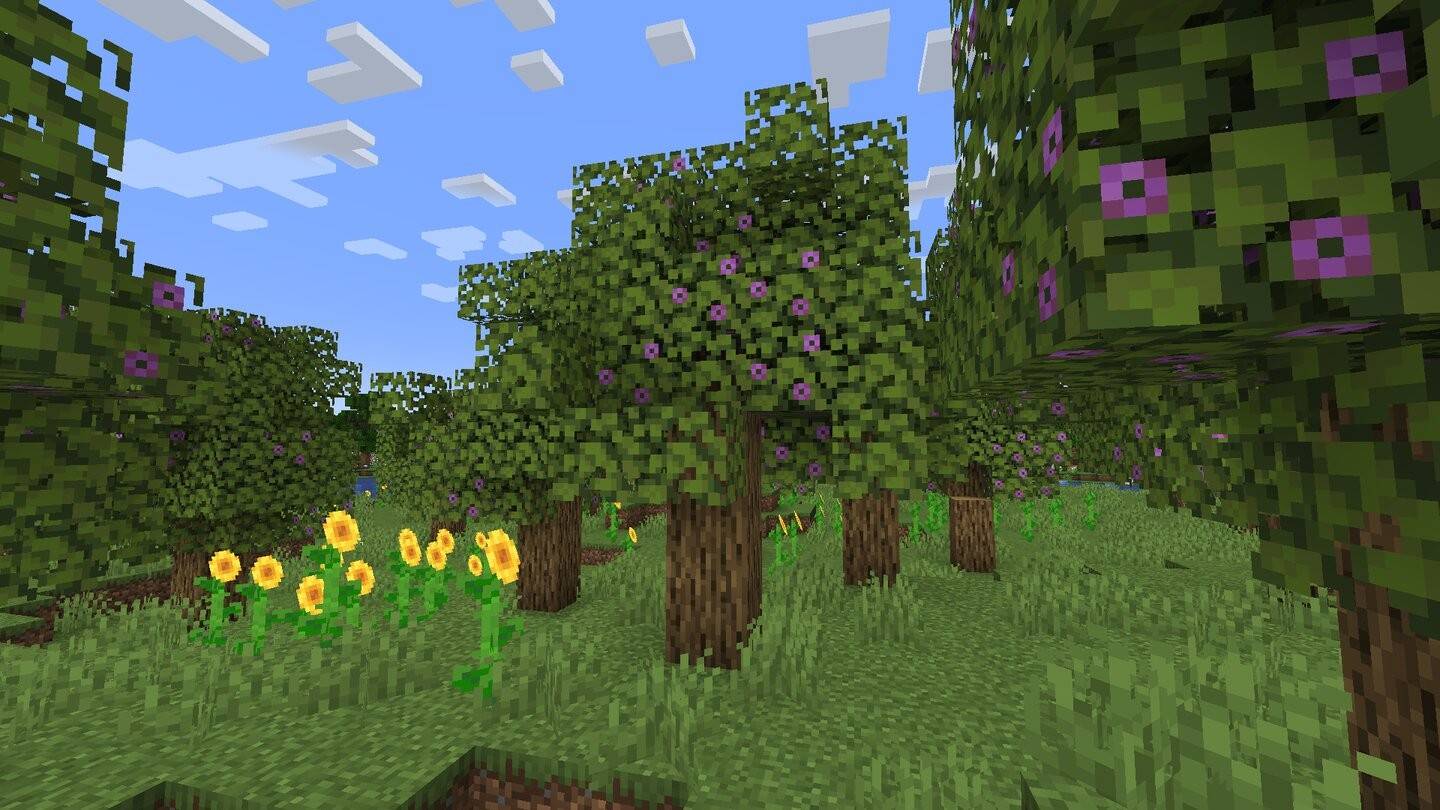 Image: ensigame.com
Image: ensigame.com
Similar to oak but with distinctive features, azalea trees grow above lush caves, aiding in mine discovery. Its root system is unique. Azalea wood is standard oak, but the tree's unusual flowers add visual interest.
Beyond basic crafting, wood's diverse textures and colors unlock limitless creative potential in Minecraft. Experiment with different wood types to build stunning and unique structures. Get your axe and start building!

 Image: ensigame.com
Image: ensigame.com Image: ensigame.com
Image: ensigame.com Image: ensigame.com
Image: ensigame.com Image: ensigame.com
Image: ensigame.com Image: ensigame.com
Image: ensigame.com Image: ensigame.com
Image: ensigame.com Image: ensigame.com
Image: ensigame.com Image: youtube.com
Image: youtube.com Image: feedback.minecraft.net
Image: feedback.minecraft.net Image: pixelmon.site
Image: pixelmon.site Image: minecraft.fandom.com
Image: minecraft.fandom.com Image: ensigame.com
Image: ensigame.com LATEST ARTICLES
LATEST ARTICLES 











